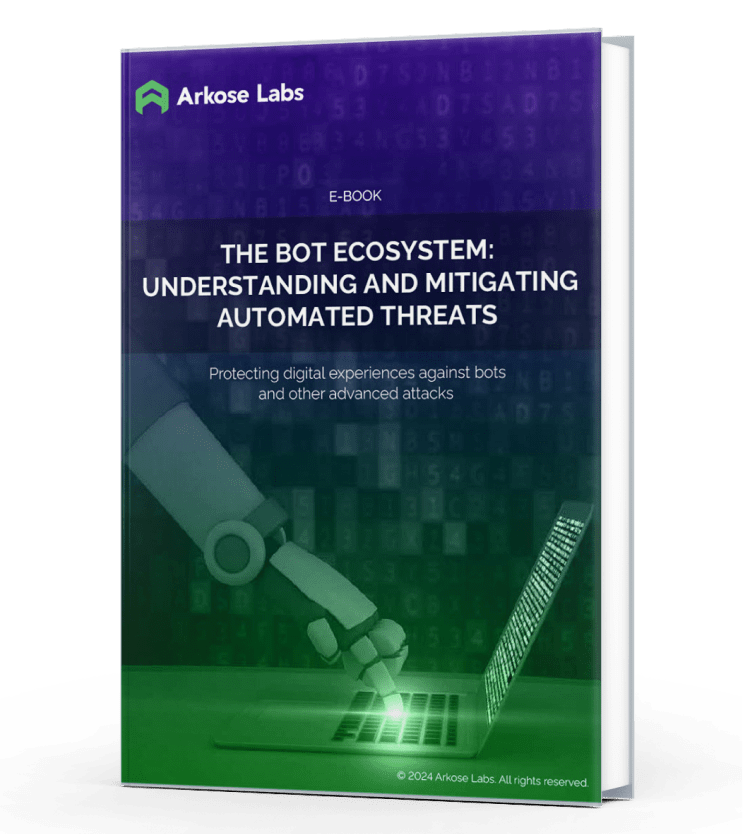Automated online fraud is a significant problem, with bots launching thousands of attacks in the time it takes a human to complete a mere handful. Despite numerous bot prevention solutions, 73% of all website and app traffic now comes from bots and other attack traffic, reflecting the scale of the challenge. The rise of cybercrime-as-a-service (CaaS) platforms has made it easy for anyone to launch automated attacks at scale with minimal investment and technical knowledge, further complicating the efforts of security operation center (SOC) teams to manage and mitigate these threats.
To combat these sophisticated threats, businesses must adopt proactive approaches that focus on detecting and mitigating advanced automated attacks, ensuring robust protection for their digital experiences. Download this e-book to discover:
- The many ways fraudsters use bots to monetize attacks
- Why legacy solutions fail against sophisticated scripts that employ machine learning
- Comprehensive insights into securing your business against automated fraud


